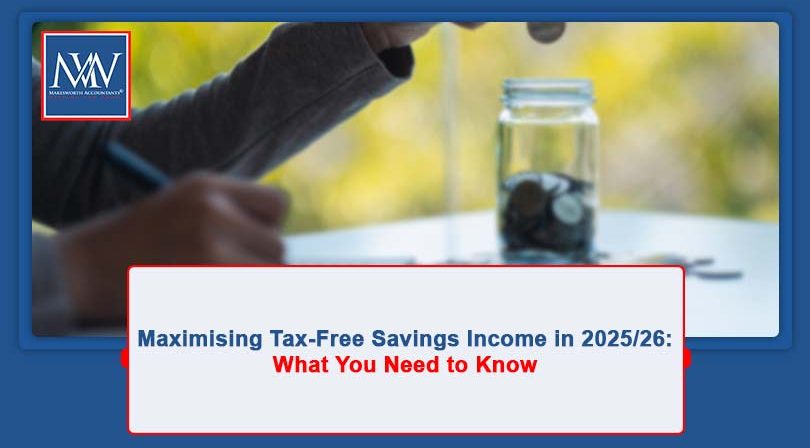
Maximising Tax-Free Savings Income in 2025/26: What You Need to Know
Tax-Free Options for Your Savings
As we step into the 2025/26 tax year, there are still several ways for individuals to receive interest from savings without paying tax on it. The UK tax system offers a range of allowances and rates to help savers make the most of their income. These include the personal allowance, the savings allowance, the starting rate for savings, and the option to save in tax-exempt accounts like ISAs.
Personal Allowance: Your First Line of Defence
Every UK taxpayer has a personal allowance—an amount of income that can be earned tax-free. For 2025/26, the standard personal allowance remains at £12,570. If this hasn’t been fully used against employment or other income, any remaining amount can be applied to your savings income, making it tax-free.
Savings Allowance: A Bonus for Basic and Higher Rate Taxpayers
In addition to the personal allowance, basic and higher rate taxpayers are entitled to a personal savings allowance. For the 2025/26 tax year:
- Basic rate taxpayers can earn up to £1,000 in savings interest tax-free.
- Higher-rate taxpayers can earn up to £500 tax-free.
- Additional rate taxpayers (those with income over £125,140) do not receive a savings allowance or a personal allowance.
Due to recent rises in interest rates, more individuals are now earning interest above these thresholds, which may trigger a need to register for Self Assessment and report savings income to HMRC.
Starting Rate for Savings: A Hidden Gem
One lesser-known benefit is the 0% starting rate for savings, which allows up to £5,000 of savings interest to be received tax-free—but only if your other taxable income (excluding dividends) is below the personal allowance threshold.
Here’s how it works in practice:
- If your non-savings income is below £12,570, you may qualify for the full £5,000 starting rate band.
- This allowance is reduced by every pound of other taxable income above the personal allowance.
- For example, if you earn £17,570 in non-savings income, you won’t be eligible for the starting rate band.
Importantly, the starting rate band is applied before the savings allowance.
Tax-Free Savings Accounts: The ISA Advantage
One of the most effective ways to protect your savings from tax is by using tax-free accounts like Individual Savings Accounts (ISAs). In 2025/26, individuals can invest up to £20,000 in ISAs, and any interest earned within the ISA is completely tax-free, regardless of your income level or tax bracket.
ISAs are especially beneficial for additional rate taxpayers, who miss out on the personal and savings allowances available to others.
Combining the Allowances: What’s the Maximum Tax-Free Savings Income?
For those with no other taxable income, here’s how much savings interest you could earn tax-free in 2025/26:
- £12,570 (personal allowance)
- £5,000 (starting rate band)
- £1,000 (savings allowance for basic rate taxpayers)
- Total: £18,570 tax-free, plus any interest from ISAs
This makes it possible for some individuals to enjoy a significant amount of savings income completely free of tax—with careful planning.
Final Thoughts
The UK tax system still offers generous opportunities to receive savings interest without incurring a tax bill, particularly for low-to-moderate earners and those who utilize ISAs strategically. However, with rising interest rates, it’s becoming increasingly important to track how much interest you’re earning and report any taxable amount to HMRC when required.
If you’re unsure about your situation or believe your savings income may exceed the allowances, consider speaking with a tax professional.
Partner Note: ITA 2007, Sections 7, 7A, 12A, 12B.
For more information, Book a Free Consultation
Need Accountancy Support?
For information on bespoke training, or if you have any other questions for Makesworth Accountant, please fill in your details below






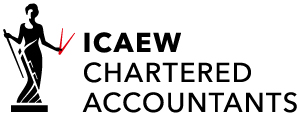

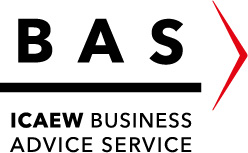

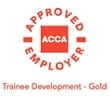
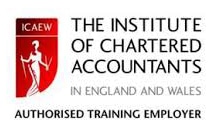

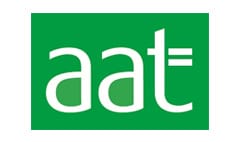
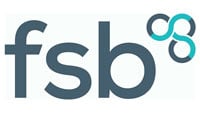

 151
151